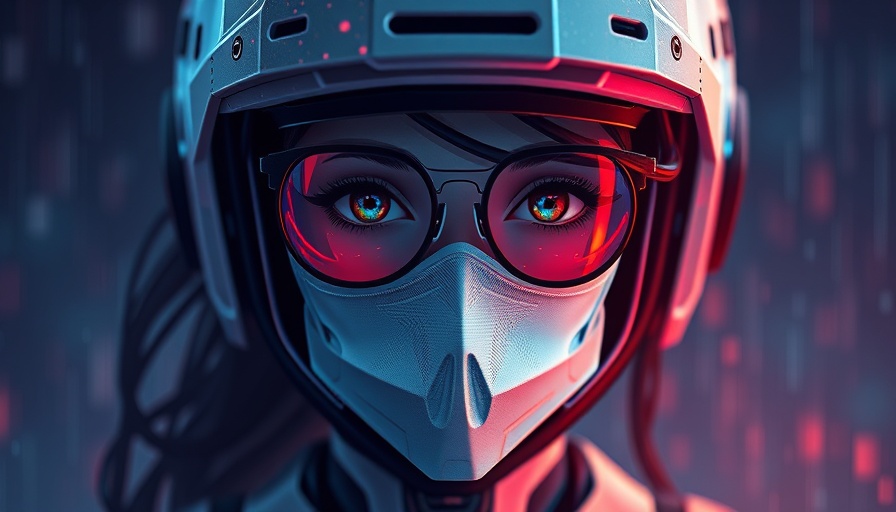
Understanding the Promise of Undetectable AI Technology
As technology evolves, particularly in the realm of artificial intelligence (AI), scholars and content creators grapple with the fast-paced changes impacting how we create and assess written materials. The Undetectable AI tool, which aims to rewrite AI-generated content to sound more human-like, is gaining traction among students and professionals alike. But does it deliver on its promise, or is it just a clever piece of marketing?
Realities of AI Detection in Today's Educational Landscape
With AI tools becoming increasingly sophisticated, concerns about originality and authenticity in academic work arise. Students, fearing that their AI-assisted writings might be flagged as plagiarized or insincere, seek solutions to bypass detection systems. Undetectable AI steps into the fray with features designed to assist users in generating content that appears more naturally articulated. The pricing, starting at just $5.00/month, makes it an attractive option for those wary of AI detection but hoping to leverage the efficiency AI offers.
Breaking Down Features: Navigating through Uncertainty
Among the standout features of Undetectable AI are its nine tools designed for different writing needs, from customizable essay generation to style transfer mimicking famous authors. However, the tool isn't without its flaws. Users have reported inconsistent detection accuracy with some features, especially the AI Detector and Image Analyzer, showing variability that raises questions about its reliability. Despite this, the availability of several free tools and a 3-day trial offers a risk-free way to explore its capabilities.
What Does This Mean for Students and Professionals?
For students especially, incorporating tools like Undetectable AI into their writing process can be a game changer, offering ways to enhance the human touch in their compositions without sacrificing the efficiency that AI provides. However, experts encourage a balanced approach, reminding users that while this tool can aid in obscuring AI fingerprints on text, it should complement, not replace, essential writing skills and human oversight.
Final Thoughts: Is It Worth Your Investment?
As we navigate the complexities of AI-generated content, understanding the tools at our disposal becomes essential. Whether you're a student struggling to keep pace with the demands of writing or a professional aiming to optimize your workflow, Undetectable AI presents promising pathways. While it has shortcomings, its potential utility warrants consideration, especially when it aligns with one’s academic or occupational goals.
If you're ready to take control over your AI-generated texts and want to bypass ANY AI Detector with ease, check out Prompt2Human.
 Add Row
Add Row  Add
Add 




Write A Comment